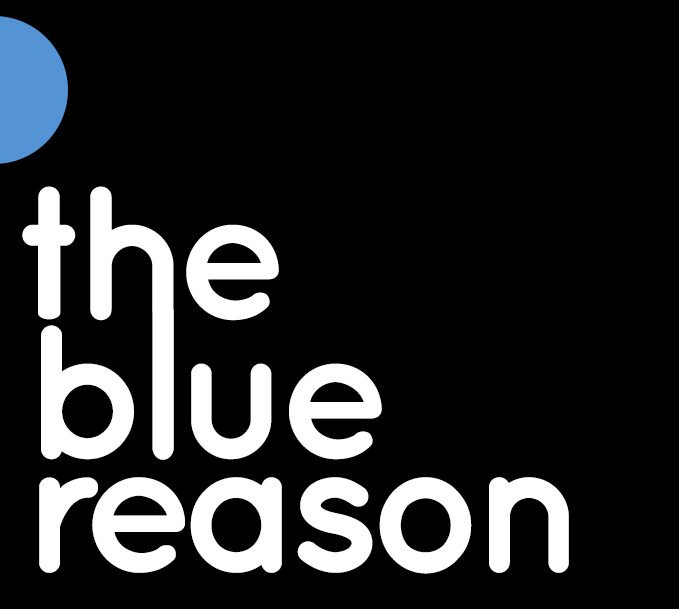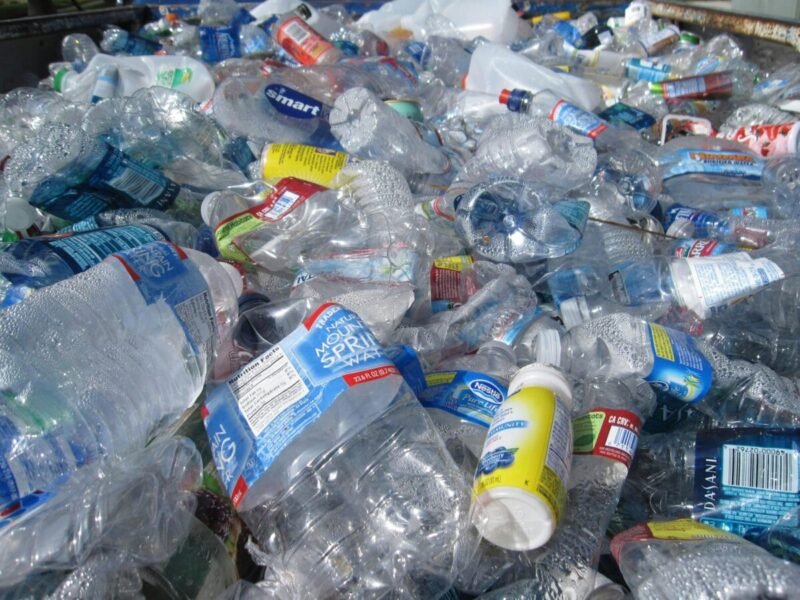Why is Only 5% of Our Plastic Being Recycled or Reused?
This page contains affiliate links. If you make a purchase using one of these links, we may earn a small commission at no cost to you. We greatly appreciate your support!
Plastic, a versatile and widely used material, presents several challenges when it comes to recycling and reusing.
What are the challenges to recycling and reusing plastics?
One of the main reasons why plastic is difficult to recycle and reuse is its composition. Plastic is made up of complex polymers that can vary in type and quality. Different types of plastic require different recycling processes, making it challenging to streamline the recycling process. Most cities that offer recycling services allow all mixed plastics to thrown in together. Most of this plastic cannot be sorted and recycled.
Another challenge is the contamination of plastic waste. Contamination occurs when plastic items are mixed with non-recyclable materials or when they are contaminated with food residue or other substances. Contaminated plastic is difficult to recycle as it can affect the quality and purity of the recycled plastic.
The economics of recycling plastic can be a hurdle. The cost of collecting, sorting, and processing plastic waste often outweighs the value of the recycled plastic. This makes it less economically viable for recycling facilities to invest in the necessary infrastructure and technologies.
When plastics are reused multiple times or exposed to sunlight and extreme temperatures they begin to break down becoming more toxic. For this reason many argue that reusing plastics can be dangerous.
So, what happens to most plastic after it’s used?
Unfortunately, the majority of plastic ends up in landfills or as litter in our environment. According to Greenpeace International in May 2022, less than 5% of used plastic was actually recycled and remade into other products and that number continues to go down as we produce more and more. This means that approximately 95% of the plastic we use is thrown away as trash. The sad fact is that plastic takes hundreds of years to decompose, polluting our oceans, harming wildlife, and contributing to the global plastic waste crisis.
Efforts are being made to address these challenges and promote a circular economy for plastic. Innovations in recycling technologies, such as advanced sorting systems and chemical recycling, are being developed to improve the efficiency and effectiveness of plastic recycling. The progress on these innovations is very slow and our landfills are spilling over with discarded plastic in the meantime.
Additionally, reducing plastic consumption, promoting reusable alternatives, and raising awareness about the importance of responsible plastic waste management are essential steps towards a more sustainable future.
What can you do? Stop buying/utilizing single- use plastics.
Check out this zero waste kit that contains: reusable straws, produce bags, food storage bags, bees wax wraps: https://amzn.to/3PDu0RN
Making a change in your life to reduce waist is easy if you have the tools. Here are the items I use with a description below.
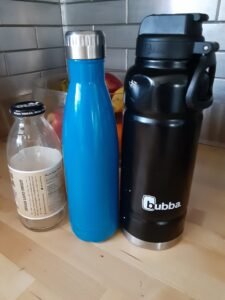
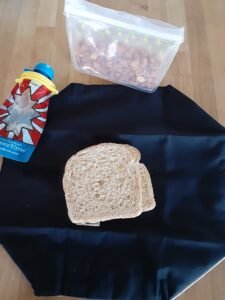
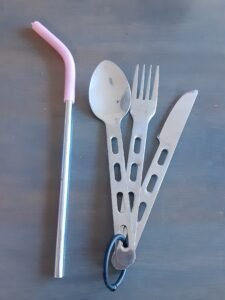
1- Next time you go to a convenience store to get a tea, juice, water, get one in a glass bottle of it (even if it costs a bit more). Then refill it over and over and over. They are washable, less toxic and more responsible. Here is my arsenal. I have been using this glass bottle for my on the go drinks for 3 weeks so far. The other bottles are for when I need larger quantities. I also have reusable (metal) straws and silverware. I take these in my lunch bag, or anytime I know I am going for food that uses plasticware, or when I travel. Lastly I have fabric sandwich bags, reusable zip food bags and fruit pouches (for my kids’ lunches). The silverware gets the most attention in public. Many people ask where they can get it while I am using it and are sad when I say I brought it with me. I have eaten my last plastic fork tine!
2- Buy a couple glass spray bottles and use the tablet/powder cleaners. You just drop in the tablet/powder and add water. This eliminates the need for plastic spray bottles that we only use once and then discard.
3-Talk to your friends, family and coworkers about lessening their single-use plastic consumption. Give them a curated-by-hand gift set of the above mentioned items for birthdays and other holidays.
Or you can buy pre-made gift sets for kitchen use: https://amzn.to/3PDu0RN or this set of bathroom items: https://amzn.to/3xp1xZH
4-There are many things one can do on a larger scale to try to affect BIG change: you can contact your local or national government representatives and put pressure on them to change the industry, join Greenpeace efforts, become a researcher looking for solutions to this issue, join an industry watchdog group or become an anti plastic lobbyist.
I think it is very realistic for all of us to do #1, #2 and #3 and make a huge impact. The math is simple, if we decrease the demand for plastic, less will be manufactured and less will end up polluting the earth.
Learn, Improve, Repeat!
